The Interoperability War: $ATOM The Cosmos

Key Takeaway
Discover the potential of the ATOM Economic Zone in driving adoption within the Cosmos ecosystem. Learn how Interchain Security enhances economic security for other blockchains and delve into the tokenomics of $ATOM.
Disclaimer: This is NOT financial advice NOR sponsored content
Introduction
Cosmos has positioned itself as a solution to the interoperability challenges in the blockchain industry. It aims to bridge the gap between different blockchains by facilitating seamless communication and interaction among them. In essence, Cosmos acts as a Layer 0 infrastructure, enabling developers to build their own appchains on top of it. Prominent projects such as Osmosis, Axelar, Stride, and Juno have embraced the Cosmos ecosystem, leveraging its capabilities to create innovative solutions and enhance the overall blockchain landscape.

Technology Backbone
Despite the community's rejection of the $ATOM 2.0 proposal, the development of $ATOM has not stagnated. Instead, it has continued to evolve, with a particular emphasis on the implementation of Interchain Security (ICS).
By implementing Interchain Security, the Cosmos Hub brings a significant boost in economic security to other blockchains. If these blockchains can attain a similar level of economic security as the Cosmos Hub, it would serve as a testament to their unwavering dedication to ensuring a high standard of security.
This, in turn, would instill greater confidence among whales, institutions, and DAOs, potentially leading them to engage in liquid staking of substantial amounts of $ATOM and other Cosmos tokens. The availability of enhanced economic security opens up new possibilities for stakeholders to participate actively and contribute to the growth and stability of the Cosmos ecosystem.
Interchain Security serves as a fundamental component within the broader framework of the ATOM Economic Zone.
What's ATOM Economic Zone?
The ATOM Economic Zone is a group of interconnected Cosmos blockchains that collaborate for mutual benefits and support. Cryptocito, one of the Cosmos Youtuber, refers to the ATOM Economic Zone as "ATOM 2.0 on steroids" and predicts it to be a game-changing application in the crypto space.
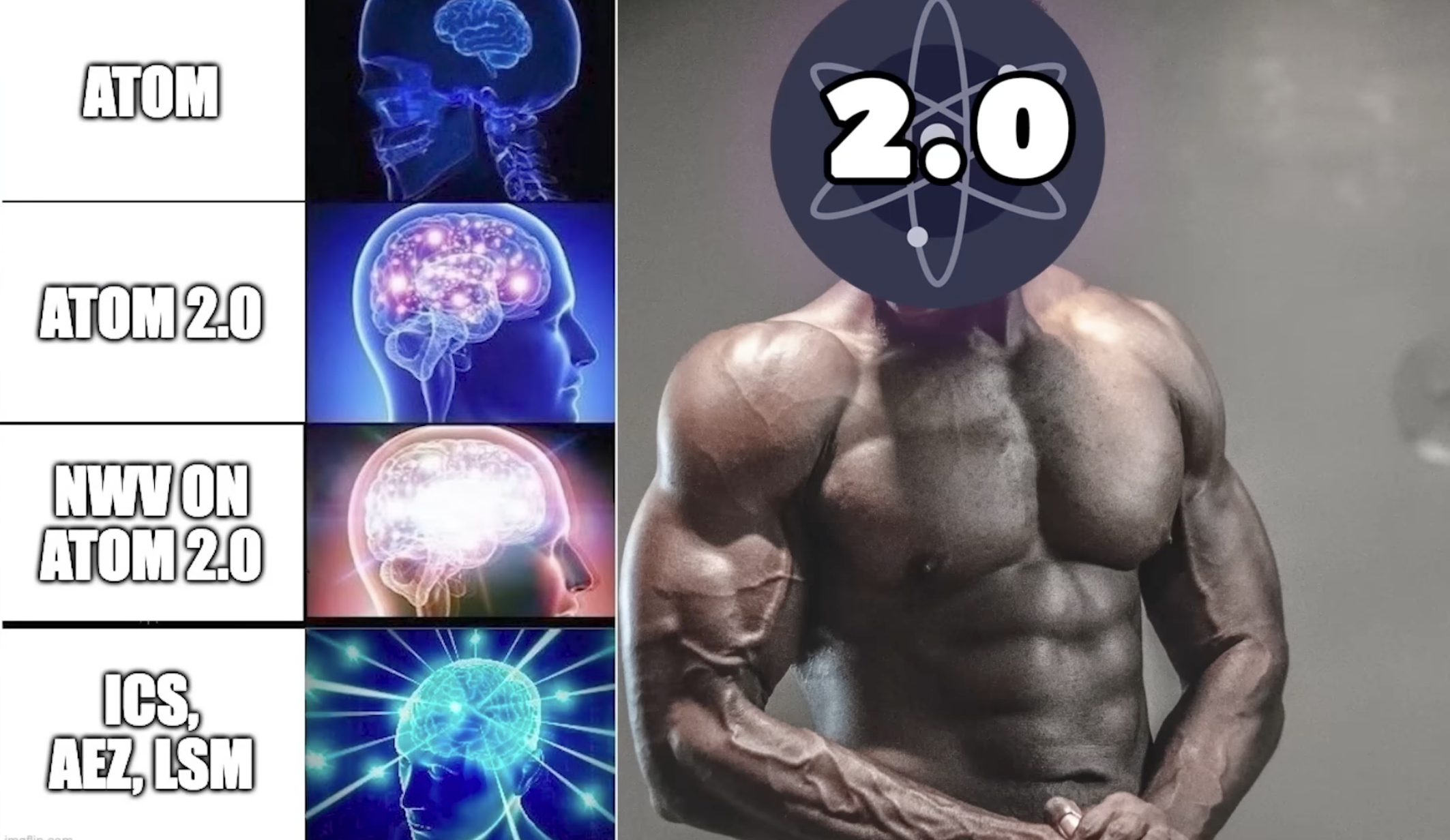
Currently, there are three blockchains that will implement the Interchain Security
- Neutron - the most secure CosmWasm platform in Cosmos developed by the same team behind Lido, the leading liquid staking platform on Ethereum.
- Stride - the biggest liquid staking platform on Cosmos ecosystems.
- Noble - the generic asset issuance chain purpose-built for the Cosmos ecosystem and Noble will witness the launch of $USDC as its first asset.
Economic Flywheel
Le Thang tweeted interesing concept about how the ATOM Economic Zone has the potential to create an Economic Flywheel. This concept is still in its early stages, with more appchains expected to implement Interchain Security, leading to increased user adoption and transactions across various appchains via Liquid Staking Derivatives. As more collected transaction fees, the Cosmos hub stands to generate more revenue, ultimately boosting market capitalization and attracting more appchains to join the ecosystem.
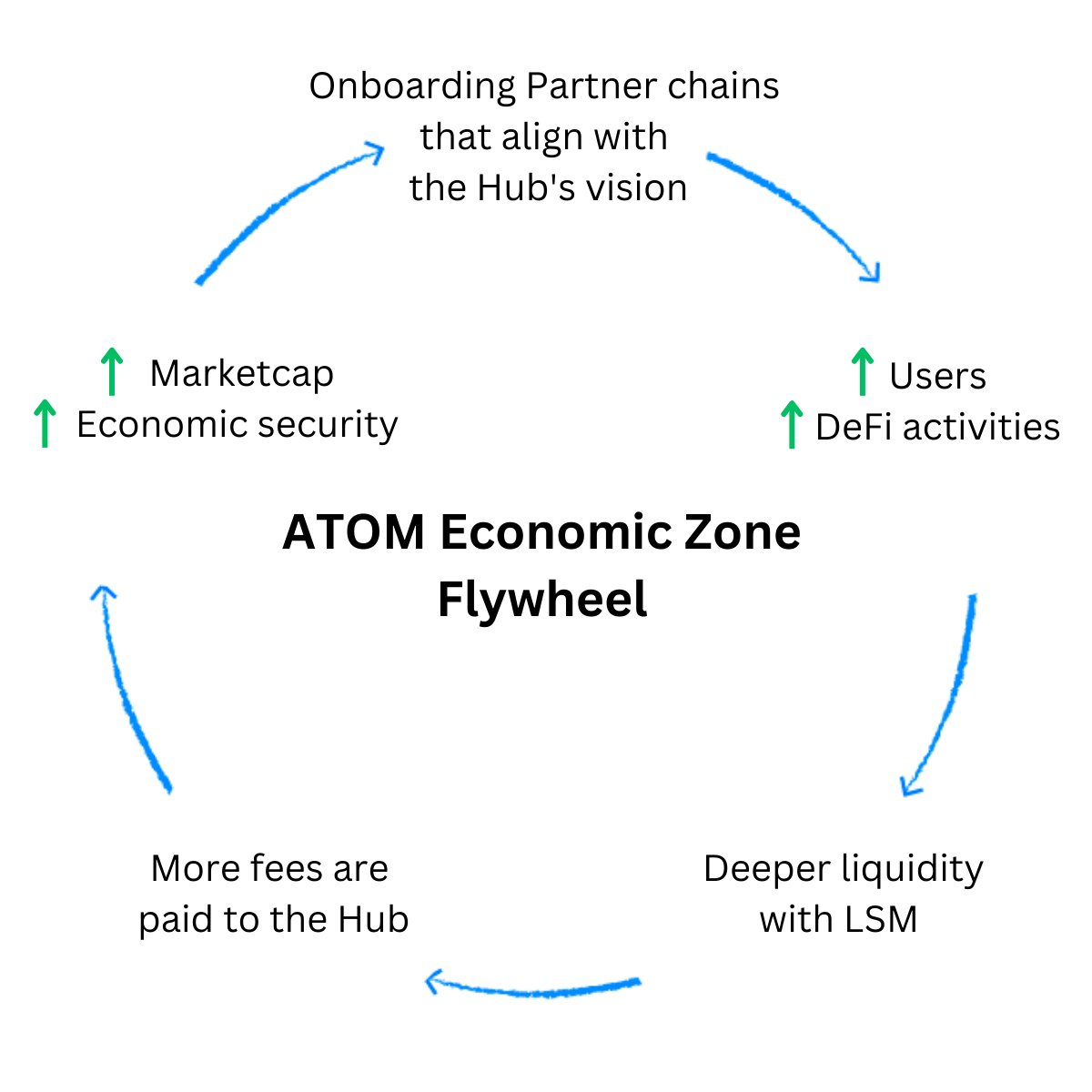
Tokenomics
Following its launch in 2017, $ATOM has seen four out of six allocation parties become fully unlocked (Public Fund Raisers, All in Bits Inc (Tendermint Inc.), Strategic and Early Adopters, and Seed Contributors). The Interchain Foundation tokens were initially locked for a duration of two years, after which they linearly vested over an additional two-year period. At present, even the Interchain Foundation allocation has reached full unlock.
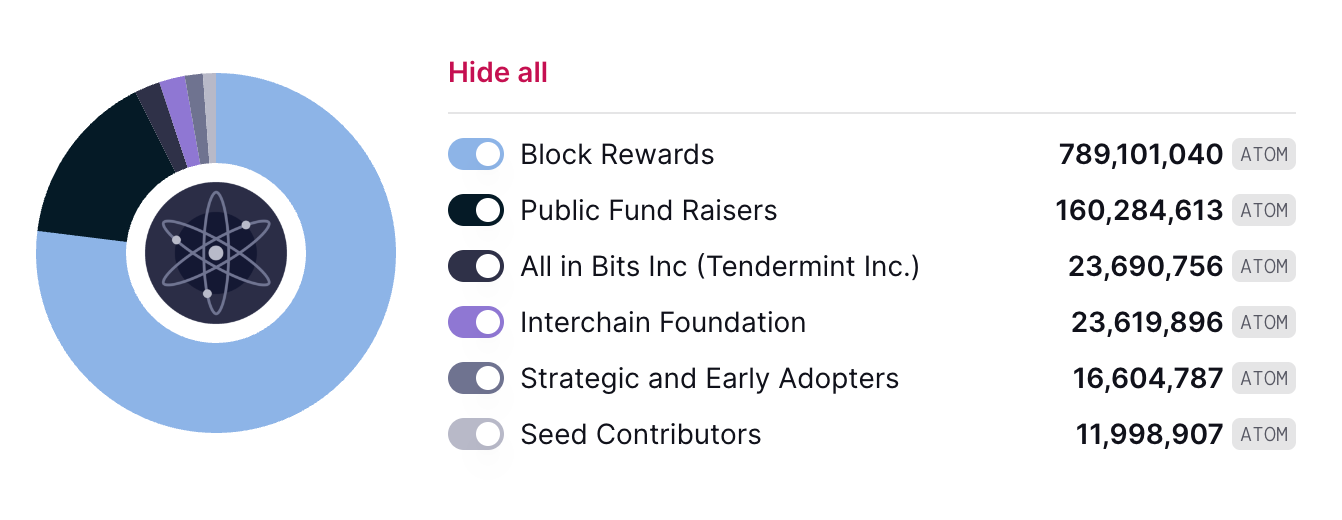
Consequently, the only remaining vesting portion is the Block Reward, which serves to incentivize delegators and validators within the Cosmos Hub network.
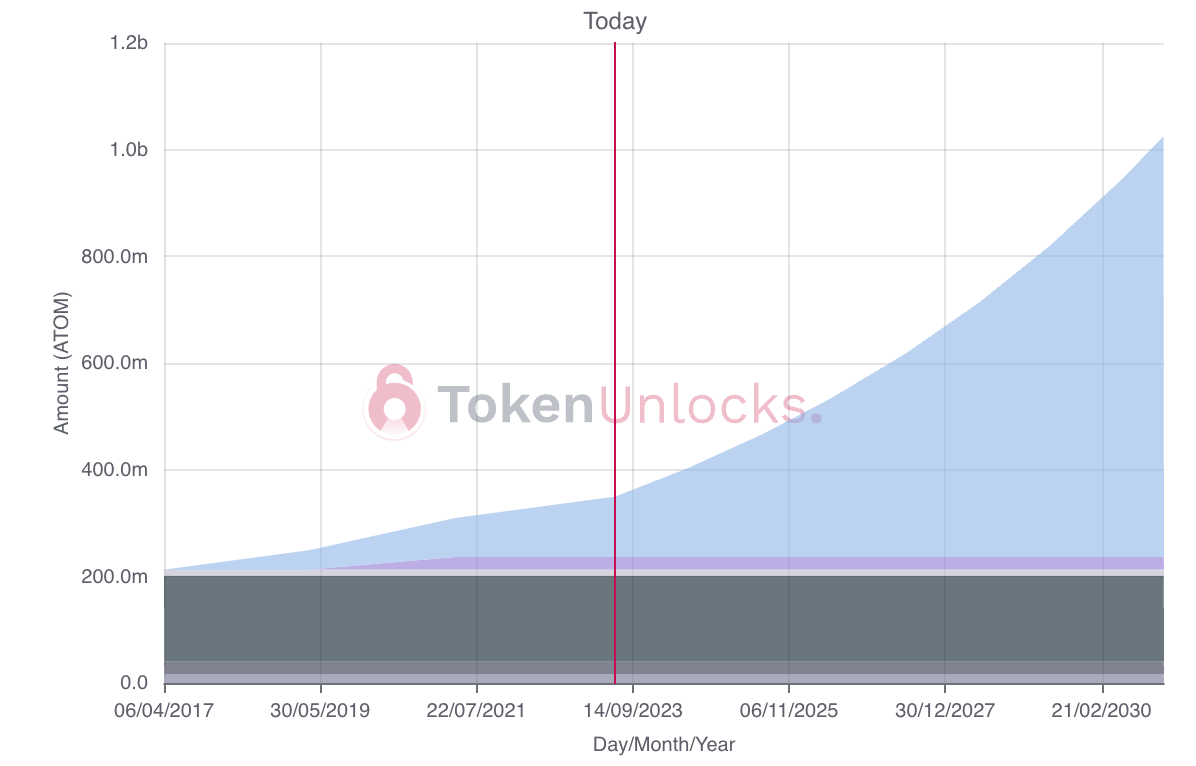
Consensus Mechanism
The consensus mechanism of the Cosmos Hub is called Tendermint. Tendermint is a Byzantine Fault Tolerant (BFT) Proof-of-Stake (PoS) consensus algorithm that provides a secure and efficient way for blockchains to reach consensus. It relies on a set of validators who participate in the consensus process by proposing and validating blocks. Through the Tendermint consensus algorithm, validators agree on the order of transactions and the state of the blockchain, ensuring that all participants reach a consistent view of the network. This consensus mechanism enables fast block confirmation times and high throughput, making it suitable for scalable blockchain networks like the Cosmos Hub.
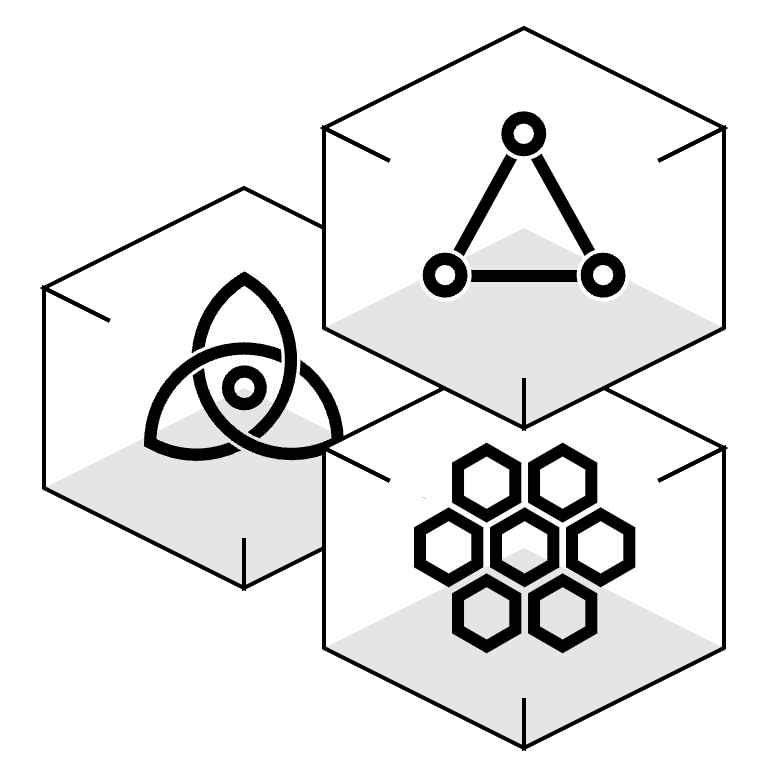
Ecosystem
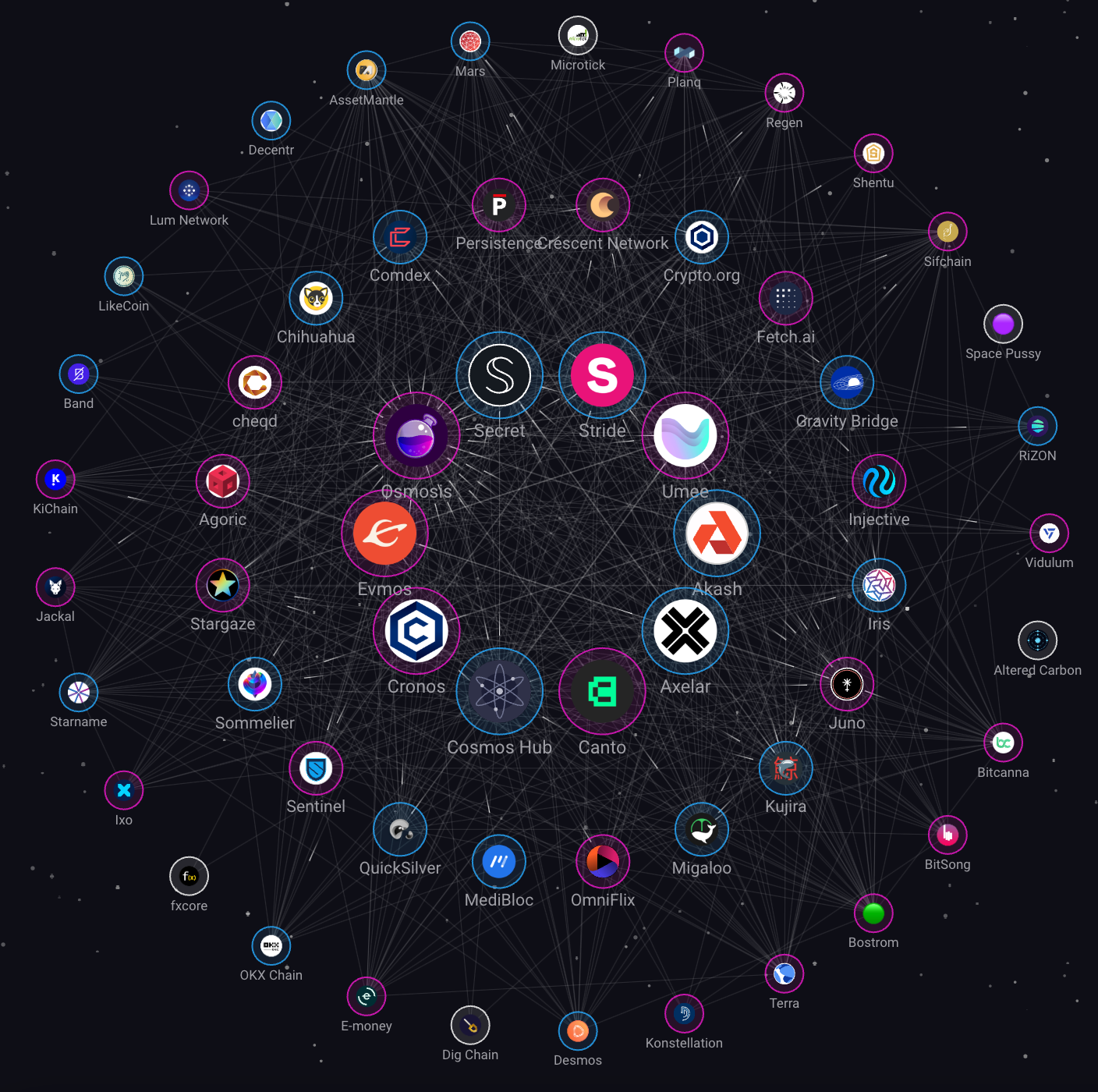
Presently, the Cosmos ecosystem comprises 59 zones (blockchains/appchains). Osmosis stands out as the zone with the highest IBC (Inter-Blockchain Communication) volume, offering deep liquidity as a decentralized exchange on Cosmos. Following closely is Stride, recognized as the leading liquid staking protocol within the Cosmos network.
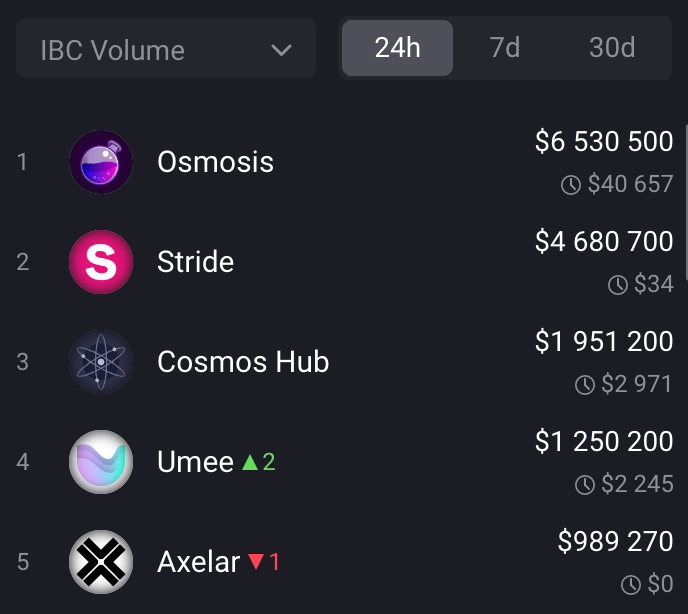
However, when considering the number of transactions, Axelar takes the lead. Axelar serves as an innovative bridge, connecting over 30 different blockchains and facilitating a significant volume of transactions between them.
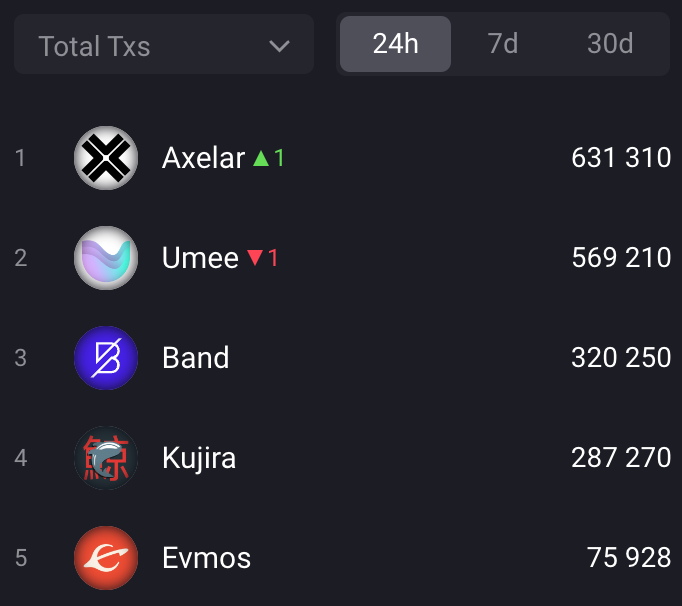
The Cosmos ecosystem is preparing to welcome Circle's $USDC, expanding the range of stablecoin options available and the upcoming integration of dYdX will further facilitate the use of native $USDC on the Cosmos platform. This development signifies the increasing adoption and interoperability of stablecoins within the Cosmos network.

Conclusion
Despite the community's rejection of ATOM 2.0 and the challenging macro market conditions, the developers of Cosmos remain dedicated to advancing the ecosystem. Notably, they are actively working on innovative technologies such as Interchain Security (ICS), which enhances the economic security of supported blockchains. ICS has already been launched, and multiple appchains have pledged their commitment to supporting it. These efforts demonstrate Cosmos' ongoing commitment to pushing the boundaries of blockchain technology and fostering a secure and interconnected ecosystem.
The $ATOM token has reached a stage where only the Block Reward remains vesting, and there are no further unlock events expected, mitigating potential selling pressure in the future. This absence of future unlock events can have a positive impact on the token's price, as it eliminates a significant source of supply.
The Cosmos ecosystem boasts a growing number of 59 zones, with more in development. Notably, the ecosystem demonstrates significant Inter-Blockchain Communication (IBC) volume, exceeding $6 million in the past 24 hours on Osmosis. Additionally, the network experiences a substantial number of transactions, surpassing 600,000 transactions in the last 24 hours on Axelar.
Cosmos ecosystem to integrate Circle's $USDC, diversifying stablecoin options. dYdX integration will enhance native $USDC usage, boosting interoperability. This showcases growing adoption of stablecoins in Cosmos network.
Reference




